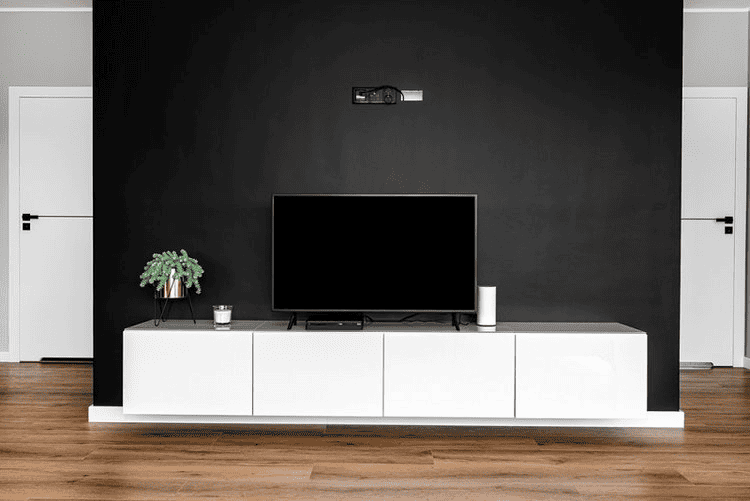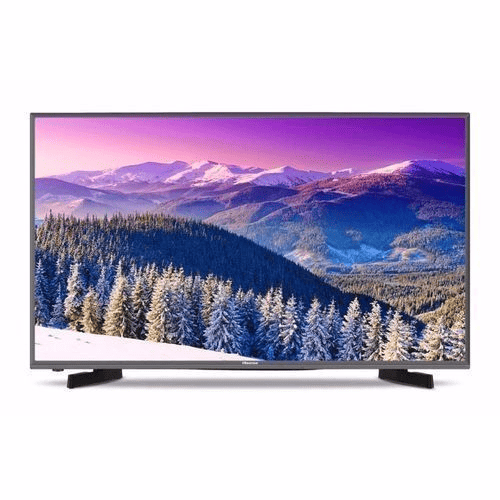Ever wonder how much juice your TV is actually sucking up while you binge-watch your favorite shows? Maybe you’re just curious, or maybe your electricity bill made you do a double take last month. Either way, let’s get into it—no fluff, no tech jargon, just the facts (with a little personality).
Types of TVs and Their Electricity Consumption
Not all TVs are created equal. Some sip electricity like a polite dinner guest, while others guzzle it like they’re at an all-you-can-drink energy bar. Here’s where your screen falls:
1. LCD (Liquid Crystal Display) TV
LCDs rely on older backlight tech that isn’t as efficient. If you’ve still got one, expect it to be in the 50-150 watt range.
2. OLED (Organic Light-Emitting Diode) TV
OLED screens are the show-offs of the TV world. Each pixel lights up independently, giving you those deep blacks and vibrant colors. Power use? Anywhere from 50-200 watts, depending on screen size and brightness.
3. QLED (Quantum Dot LED) TV
QLED is basically LED but with better color enhancement. They use about 30-150 watts, similar to regular LED models.
4. Plasma TV

Image Credits: extremetech.com
Plasma TVs were all the rage back in the day, but they’re power-hungry monsters. If you still have one, it could be pulling 100-300 watts—yikes.
5. LED (Light Emitting Diode) TVs
These are today’s standard. LED TVs use fancy little diodes for backlighting instead of the energy-hogging methods older TVs used. Depending on size, they typically use 30-100 watts, which is relatively low.
5. 4K/UHD TVs
Higher resolution doesn’t mean your TV is guzzling power. Many 4K TVs and UHD TVs fall in the 50-200 watt range, depending on how bright and massive they are.
How Many Watts Does a Tv Use?
A TV’s wattage can vary significantly depending on several factors, including the type of TV, screen size, display technology, brightness settings, and additional features. Here’s a general guideline for the typical wattage range of different TV sizes:
- Small-sized TVs (under 32 inches): 20-80 watts
- Mid-sized TVs (32 to 55 inches): 40-150 watts
- Large-sized TVs (55 inches and above): 70-250 watts
It’s important to note that these wattage ranges are approximate and can vary among different models and brands. Additionally, technological advancements and energy efficiency have led to the development of more energy-saving TVs in recent years.
Factors that Determine How Much Electricity a Tv Uses

Image Credits: pointerclicker.com
Your TV doesn’t use a fixed amount of electricity—it depends on what you’re doing with it. A few things can crank up its appetite:
- Bigger Screens = More Power – No surprise here. A 75-inch TV eats way more watts than a 32-inch one.
- Brightness Settings – If your TV is set to “burn your retinas” mode, it’s using extra power. Dialing it down helps.
- Refresh Rate & Smart Features – If your TV has ultra-high refresh rates (120Hz or more), a unique display technology or built-in AI features, it’s using more juice than a basic model.
- Energy-Saving Settings – Some TVs automatically adjust brightness based on the room’s lighting. If your TV has this feature, turn it on and let it do the work.
TV Power Consumption Watts

Image Credits: ecoenergygeek.com
The amount of electricity consumed by a TV primarily depends on various factors such as the size of the TV, display technology, brightness settings, usage patterns, and energy-saving features. Here are some estimates to give you a general idea:
1. How Much Electricity Does a Tv Use per Month
Let’s say your TV runs on 100 watts. Here’s how that plays out:
Per Hour:
100 watts = 0.1 kWh (kilowatt-hours)
Per Day (4 hours of TV time):
100 watts × 4 hours = 400 watt-hours (0.4 kWh)
Per Month:
100 watts × 4 hours × 30 days = 12 kWh
If electricity costs around 15 cents per kWh, that means:
12 kWh per month = About $1.80/month
A 200-watt TV? That’s around $3.60/month
It’s not gonna bankrupt you, but if you have multiple TVs running all the time, it does add up.
Reducing TV Energy Consumption
If you want to shave a few bucks off your bill without giving up your favorite shows, here are some easy energy-saving tricks:
Turn down the brightness – Your TV doesn’t need to be at max brightness unless you’re watching in direct sunlight.
Enable eco mode – Most TVs have an energy-saving setting that adjusts brightness based on your surroundings.
Use a smart power strip – Even when your TV is off, it still sips electricity in standby mode. A smart strip kills power completely when the TV isn’t in use.
Turn it off when you’re not watching – Seems obvious, but if you’re just leaving it on for background noise, a speaker might be a better option.
Upgrade if your TV is ancient – Older TVs are electricity guzzlers. A new LED or OLED model will be way more efficient.
How much power does a tv use compared to other appliances?
Wondering if your TV is a big deal in terms of power use? Here’s how it stacks up against other household gadgets and smart appliances:
Appliance | Power Usage (Watts) |
LED TV (50") | 50-100 watts |
Refrigerator | 100-250 watts |
Laptop | 50-100 watts |
Microwave | 600-1200 watts |
Air Conditioner / Fans | 500-1500 watts |
Electric Oven | 1000-5000 watts |
Compared to an oven or air conditioner, your TV is practically a power-sipping saint. But if you’ve got multiple TVs running alongside gaming consoles, sound systems, and streaming devices, it starts adding up fast.
Conclusion on How Much Electricity Does a Tv Use

Image Credits: accessories.co.ke
Your TV isn’t the biggest electricity drain in your house, but if you’re running an older model or keeping it on 24/7, it can make a difference on your bill. The good news? Modern LED and OLED TVs are much more efficient than their power-hungry ancestors.
So, if you’re binging an entire series in one weekend, at least now you know how much power you’re burning through. And hey, maybe you’ll even tweak your settings to save a little cash while you’re at it.














